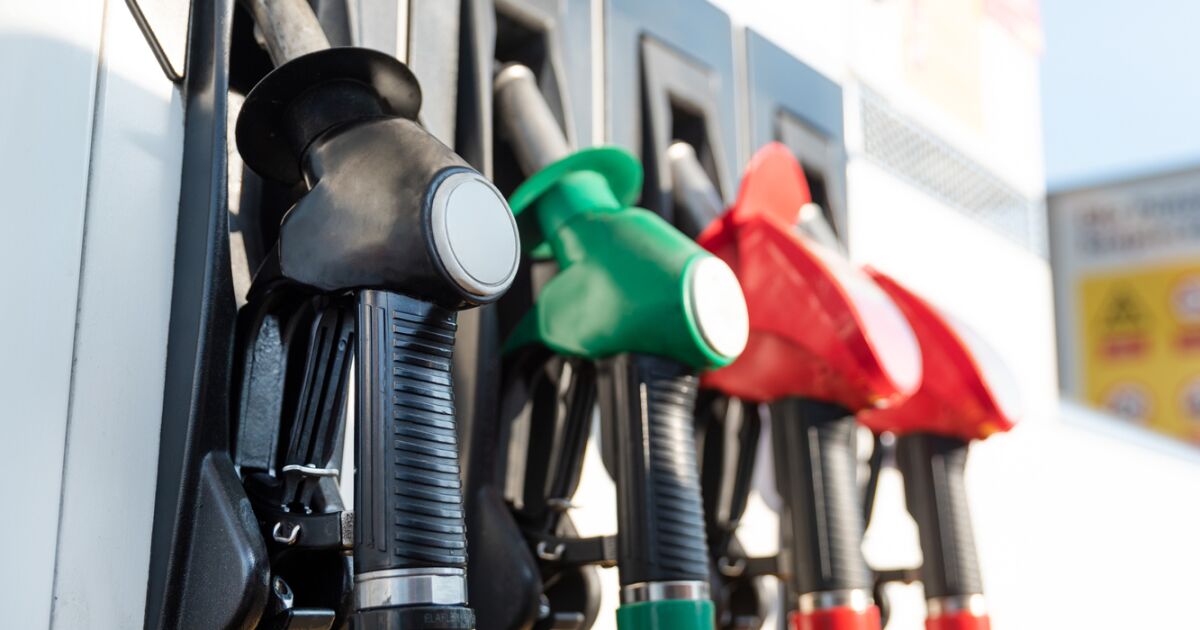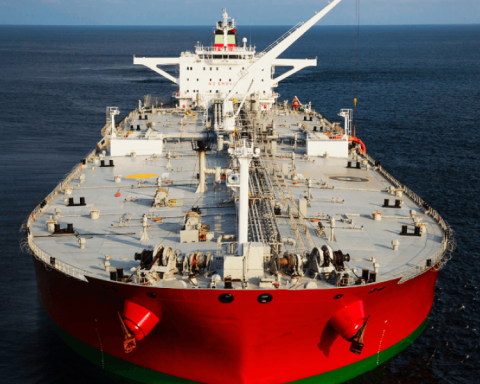Biden has used numerous levers to try to drive down prices, including releasing record barrels from US strategic reserves, waiving summer gasoline production rules, and supporting major OPEC countries to increase the production.
However, fuel prices have soared around the world due to a combination of rebounding demand, sanctions on major producer Russia following its invasion of Ukraine, and a reduction in refining capacity.
Nonetheless, US road travel has remained relatively strong, just a couple of percentage points below pre-pandemic levels, even as prices have risen.
Still, economists expect demand could start to decline if prices stay above $5 a gallon for a sustained period.
“The $5 level is where we could see strong gasoline demand destruction,” said Reid L’Anson, senior economist at Kpler.
Adjusted for inflation, average US gasoline prices remain about 8% below the June 2008 high of around $5.41 a gallon, according to figures from the US Department of Energy.
Consumer spending has so far remained resilient, even with inflation at its highest level in more than four decades, with household balance sheets propped up by pandemic relief programs and a tight job market that has pushed for strong wage increases, especially for lower-income workers.
The high prices for drivers come at a time when major oil and gas companies are posting record profits. Shell posted a record quarter in May and Chevron Corp and BP posted their best figures in a decade.
Other large companies, such as Exxon Mobil and TotalEnergies, as well as independent US shale operators, have posted strong numbers that have spurred share buybacks and dividend spending.















